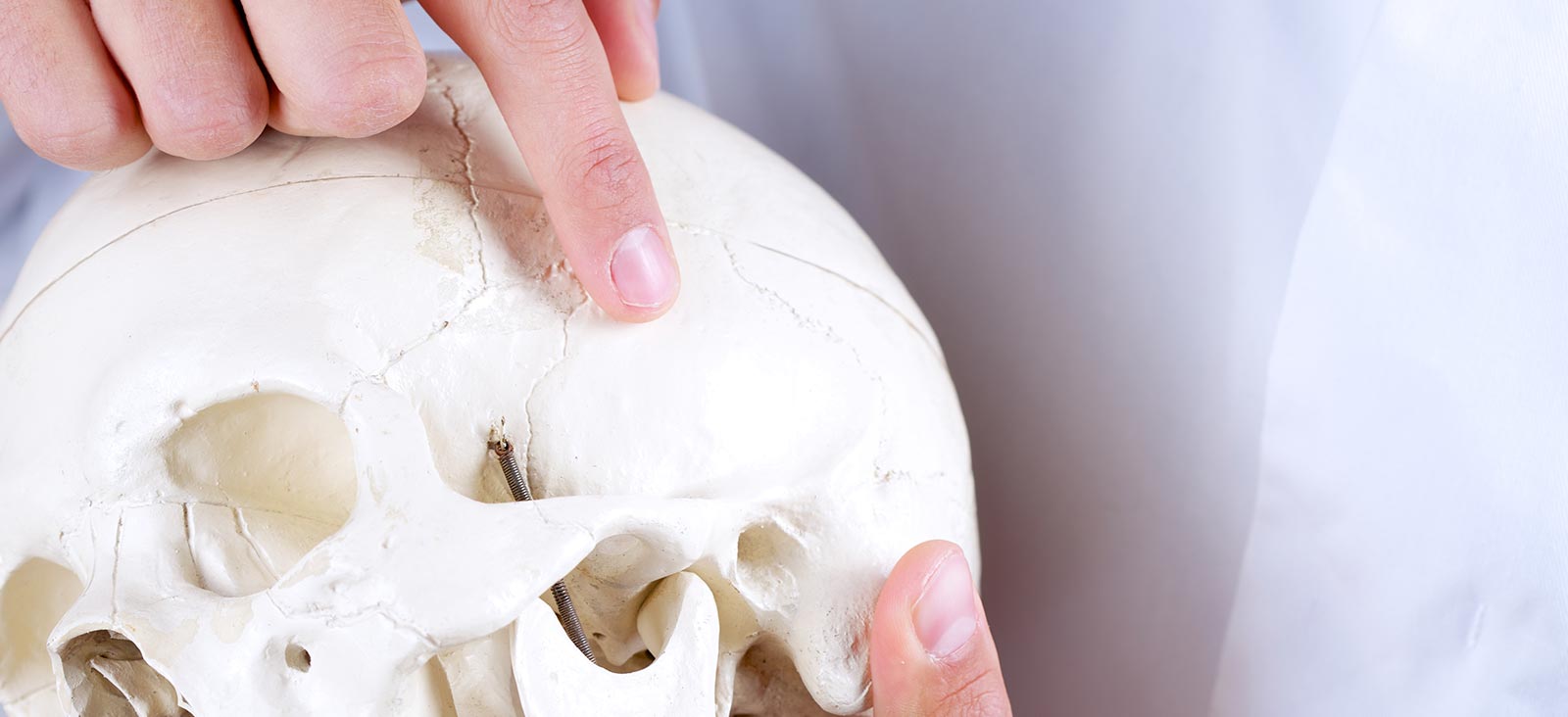Expertise and Experience in Rare Conditions
Cholesterol granuloma is a rare inflammatory lesion that develops in the central skull base and causes progressive thinning of surrounding bone and other nearby structures. The lesion typically forms when blood from bone marrow leaks into a nearby air cell. The trapped blood eventually breaks down and generates significant inflammation, resulting in a buildup of fluid in the air cell. This fluid-filled lesion slowly expands over time.
Specialists at UT Southwestern are experts in applying the latest in image guidance and microsurgical techniques to treat cholesterol granulomas while preserving quality of life for each patient.
Symptoms
Some cholesterol granulomas produce no symptoms. Symptoms of cholesterol granulomas are caused by compression of nearby nerves and erosion of surrounding structures, such as the inner ear or auditory canal. Those symptoms can include:
- Dizziness
- Double vision
- Facial numbness or pain
- Facial twitching or weakness
- Hearing loss
Diagnosis
Cholesterol granulomas can be difficult to diagnose because they resemble other types of lesions. At UT Southwestern, physicians perform a series of tests to make an accurate diagnosis, such as:
Treatment for Cholesterol Granulomas
For cholesterol granulomas with no symptoms, treatment might not be required. Instead, physicians will monitor the lesion with serial MRI or CT scans.
For symptomatic cholesterol granulomas, our physicians will drain the lesion. The drainage can be done via endoscope, either through the nose or ear, depending on a patient’s anatomy. If the lesion can’t be adequately drained using this minimally invasive technique, surgical excision of the lesion might be required.
Clinical Trials and Research
Patients with rare or complex skull base disorders such as cholesterol granuloma also benefit from the leading research conducted at UT Southwestern, which often includes clinical trials offered at few other centers in the country and helps speed better treatment to patients.




